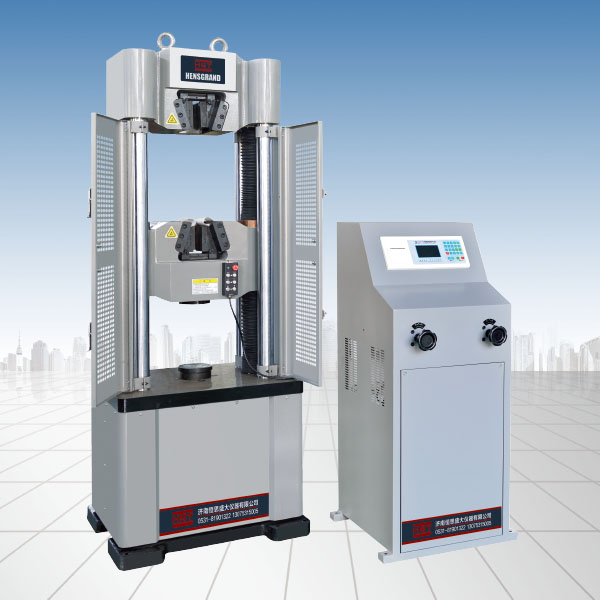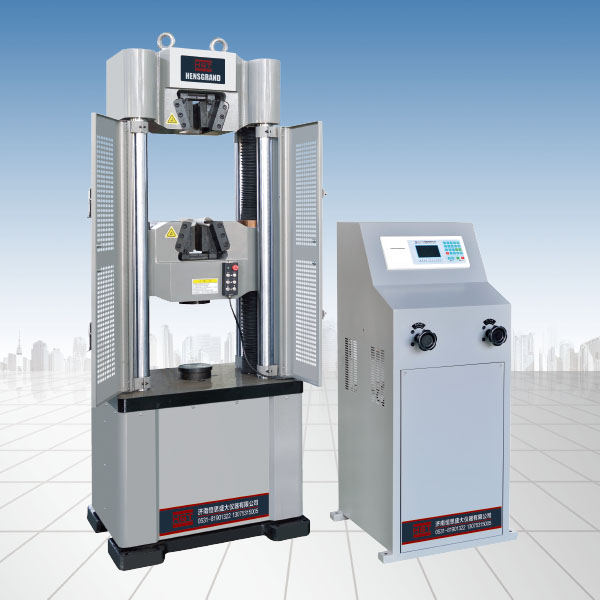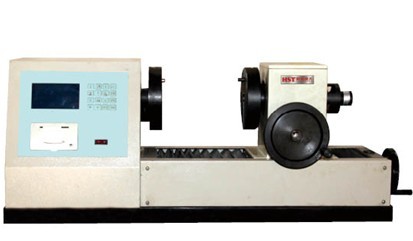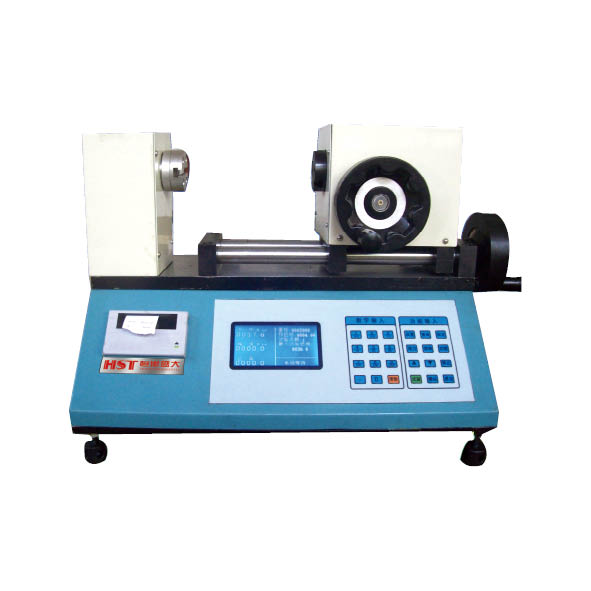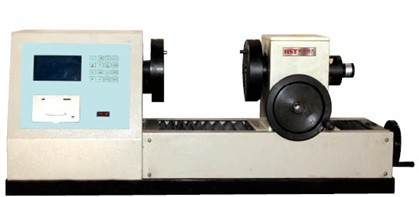Industry Information
Preparation of tensile test specimens of glass fiber woven fabric
Release time:2023-11-03 source:Jinan Hengsi Shanda Instrument Co., Ltd. Browse:
When performing tensile test of fiberglass fiberglass machine fabrics with an electronic universal tester, in order to prevent the sample from being damaged at the tester fixture, special treatment can be performed at the end of the pattern as follows.
1. Cut a piece of paper or cardboard, and its size should be greater than or equal to the template size.
2. Lay the fabric flat on hard paper or cardboard to ensure that the warp or weft yarns are straight and perpendicular to each other.
3. Place the template on the fabric and make the entire template on paper or cardboard. Use a cutting tool to cut the transition sample with the same size as the template along the outer edge of the template through fabric and cardboard or cardboard. For warp samples, the short side of the template should be parallel to the weft yarn, and for weft samples, the short side of the template should be parallel to the warp yarn.
4. Use a soft pencil to draw lines along the inner sides of the two slotted on the template. Be careful not to damage the yarn when scribing, and then remove the template.
5. Use appropriate adhesive to coat the ends of the sample with a length of 75mm, so that the fabric is on the back of the paper or cardboard, leaving the middle part of the two pencil lines without coating.
The sample can also be coated in such a way: leave the middle part of the sample, sandwich the end of the sample between two polyvinyl butyral sheets, then lay a piece of paper or cardboard on the polyvinyl butyral sheets, and use an electric iron to soften the polyvinyl butyral sheets to penetrate between the fabric.
6. After drying the transition sample, cut the sample along the vertical direction of the pencil line. For Type I, the sample size is 350mm×65mm, and for Type II, the sample size is 250mm×40mm.
7. Carefully cut the yarns on both sides of the longitudinal direction. The number of yarns removed on both sides should be approximately the same, so that the width of the wide sample is as equal to or close to 50mm or 25mm as possible.
- Previous article:Test machine repair, test machine failure
- Next article:Breaking tension of wire rope
Recommended productsPRODUCTS


















